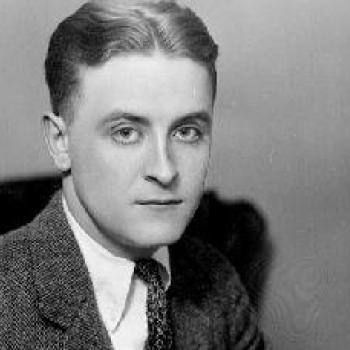F. Scott Fitzgerald, author of The Great Gatsby, was born in 1896.

Event Description
F. Scott Fitzgerald began writing at an early age and published his first novel at the age of 23. He is best known for his novel The Great Gatsby, considered one of the great classics of twentieth-century literature, as well as the globe-trotting and ultimately tragic lifestyle he lived with his wife Zelda.
Classroom Activity
After reading The Great Gatsby, explore the novel's point of view with your students. Ask students to consider how the story, told from the point of view of the narrator Nick Carraway, might be different from another perspective. For instance, how might the novel change if it were retold from Gatsby's point of view? If it were retold from Daisy Buchanan's or Myrtle Wilson's point of view?
Have students work in pairs. Each pair of students should select a chapter from the novel, and then rewrite the chapter from the point of view of a different character. When they've completed their retellings, ask each pair to compare and contrast their papers. How were their chapters different? Similar? How did their chapters compare to the original?
Bring the class together and lead a discussion about the role of perspective in The Great Gatsby, and why Fitzgerald may have chosen the perspective he used in writing the novel.
Websites
The page from the University of South Carolina includes complete texts, articles, essays, and images from Fitzgerald's scrapbook.
This PBS resource offers information about both Fitzgerald and his wife, Zelda. Included are images and biographical information.
This University of Adelaide Library e-text features links to each chapter of The Great Gatsby. A link to the complete text is also found on this page.
This Library of Congress literature unit explores primary sources from the 1920s in the context of Fitzgerald’s novel and then has students create a newspaper inspired by both the primary sources and fictional events from the novel.
This video, Part 1 of 2, provides students with some help in understanding the major plot lines of The Great Gatsby.
This video, Part 2 of 2, provides students with some help in understanding the major plot lines of The Great Gatsby. If you watch it on YouTube, take note of the "spoiler alert" for students.